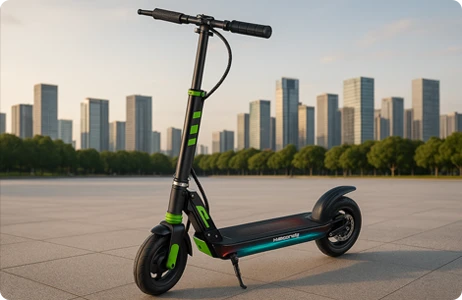Electric Vehicles: Driving the Future of Sustainable Mobility
Market Growth: Accelerating Global Adoption
The global electric vehicle (EV) market is experiencing unprecedented growth, driven by technological innovation, policy support, and shifting consumer preferences. In 2024, China solidified its leadership in the EV sector, contributing over half of global EV sales, with brands like BYD and Tesla dominating the market. According to EV Volumes, BYD captured 21% of global battery electric vehicle (BEV) sales in 2023, while Tesla retained its top position with 1.29 million units sold in the first nine months of 2024 . By 2025, China’s NEV (New Energy Vehicle) penetration rate is projected to reach 55%, with annual sales exceeding 16.5 million units . Globally, the BEV market is expected to surpass $550 billion by 2033, reflecting a compound annual growth rate (CAGR) of 8.35% .
Technological Breakthroughs: Redefining Performance
China’s EV industry has achieved groundbreaking advancements in core technologies. Solid-state batteries are nearing commercialization, with CATL announcing pre-mass production of cells boasting 30% higher energy density than traditional lithium-ion batteries. Gotion High-Tech also launched a pilot line for solid-state batteries, signaling a leap in safety and efficiency. Charging infrastructure has evolved rapidly, with Huawei’s liquid-cooled megawatt-level supercharger enabling a 20 kWh per minute charge rate, while BYD’s “Flash Charge” technology achieves a peak speed of 2 km per second. Additionally, intelligent driving systems like Huawei’s Qiankun ADS 4.0 reduce latency by 50%, enhancing traffic efficiency and safety.
Policy Drivers: Fueling Green Transition
Government policies worldwide are accelerating EV adoption. China's “Dual Carbon” goals and the 2030 Carbon Peak Action Plan mandate that 40% of new vehicles be powered by clean energy by 2030 . In 2025, subsidies for EV trade-ins were expanded, with over 1.38 million vehicles replaced in 2024 alone, reducing emissions and stimulating consumption . The EU and U.S. have also tightened safety and environmental standards, such as the ASTM F2641-23 speed limits and UL2272 battery certifications, ensuring market
Despite progress, challenges remain. Battery recycling remains a critical issue, with only 25% of retired batteries in China processed through channels in 2023. To address this, companies like BYD and Volkswagen are pioneering (graded reuse), repurposing batteries for energy storage and low-speed vehicles. Meanwhile, charging infrastructure needs optimization—China's public charging stations are concentrated in major cities, with rural coverage lagging. Initiatives like solar-powered stations and IoT-enabled maintenance systems aim to bridge this gap .
Global Impact: China’s Leadership and International Collaboration
Chinese EV brands are reshaping global competition. BYD, Geely, and SGMW rank among the top 10 BEV manufacturers, with Wuling’s Hongguang Mini EV dominating the micro-EV segment . International partnerships are also flourishing—Volkswagen and Tesla are deepening localization strategies in China, while Chinese firms like Huawei collaborate globally on smart ecosystems. By 2025, China’s EV exports are projected to reach 1.4 million units, driven by demand in Latin America, ASEAN, and the Middle East.
Future Outlook: Intelligence and Sustainability
The next decade will focus on smart and green mobility. By 2030, L2+ autonomous driving penetration in China is expected to exceed 65%, with AI transforming R&D and manufacturing. Innovations like flying cars and humanoid robots, exemplified by Xiaomi’s “Land Aircraft Carrier,” hint at. Meanwhile, solid-state batteries and lightweight materials aim to extend EV range beyond 800 km, aligning with global carbon neutrality goals.
Conclusion
Electric vehicles are not merely a transportation tool but a cornerstone of the global energy transition. With relentless innovation and collaborative efforts, the EV industry will continue to redefine mobility, paving the way for a cleaner, smarter future.











